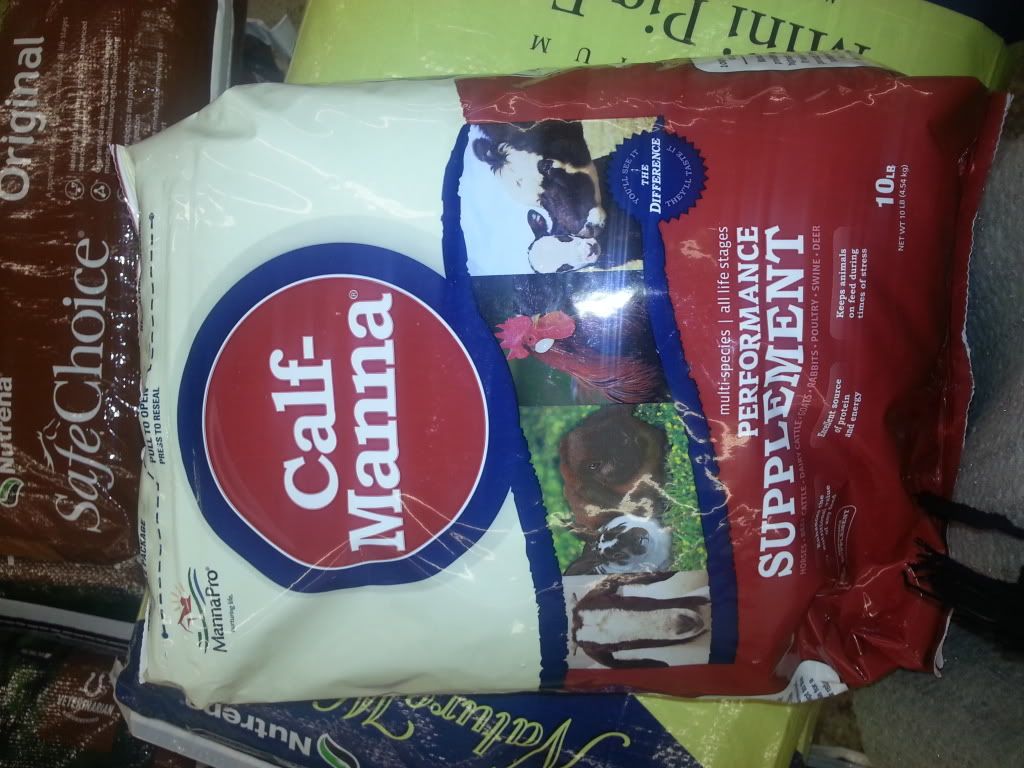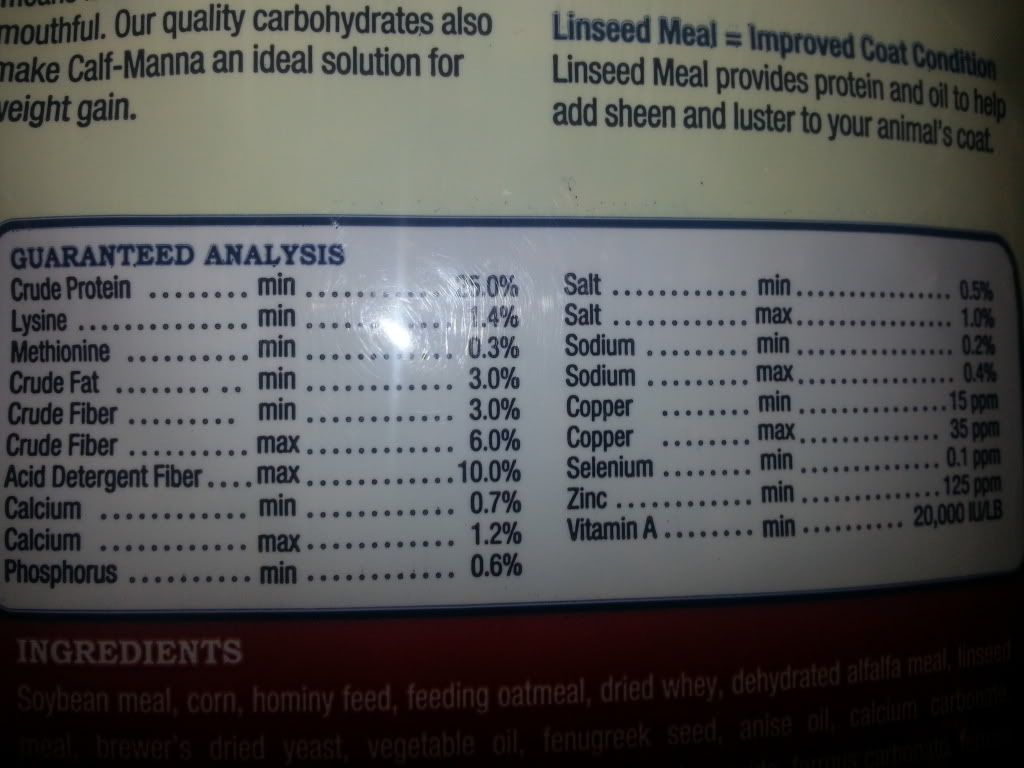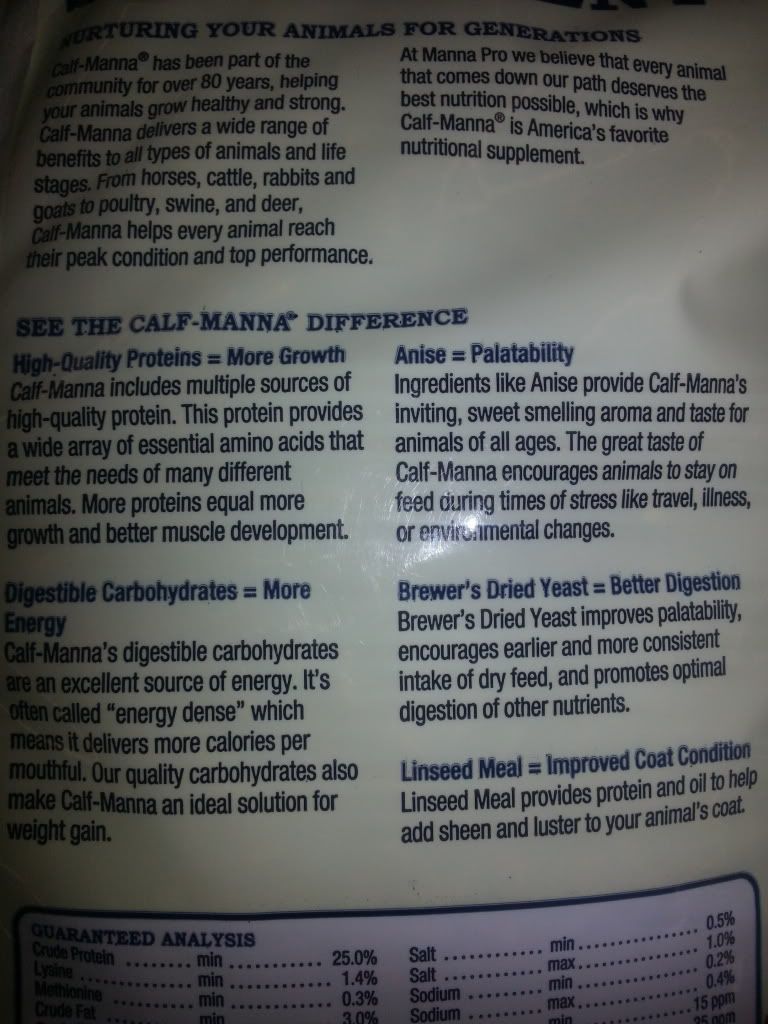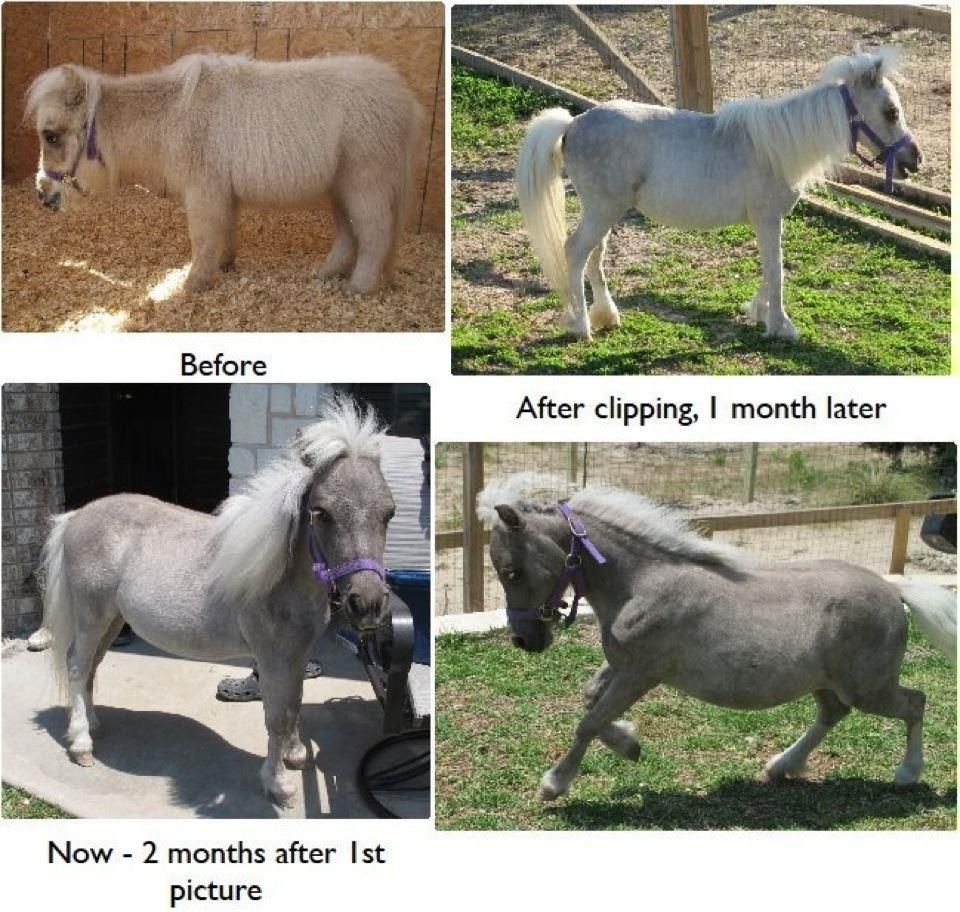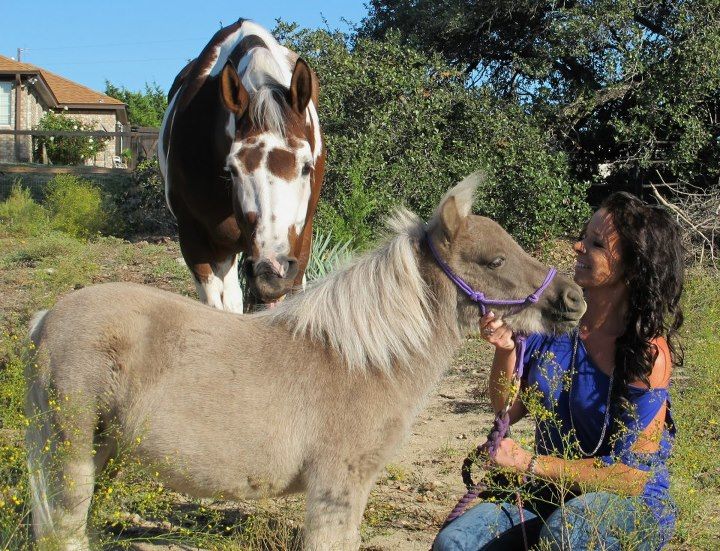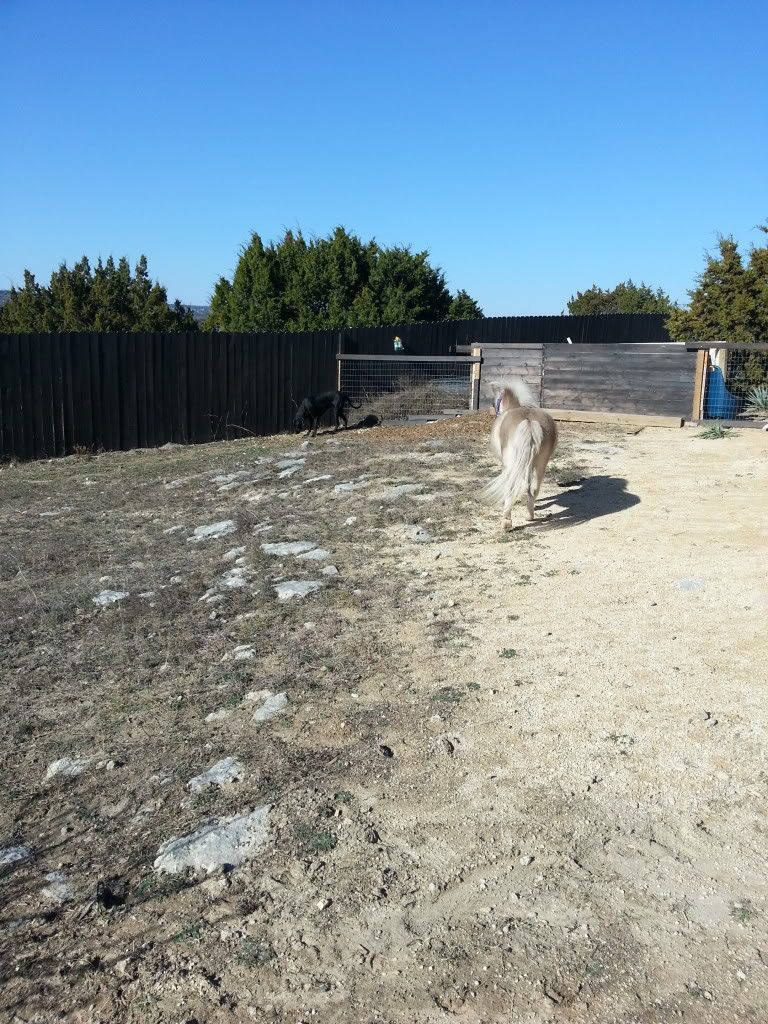Here is the article for those who do not have or receive the Journal:
What is of particular importance is the protein content - and the ADF is Acid Detergent Fiber. The ADF is what makes hay for goats or for horses.
Also hay analysis should include mineral analysis..
Hay 101
My Dad always said that hay makes the horse. I never gave it much thought until I entered into the realm of Shetland Ponies and Miniature Horses. Buying hay seems like it is easy enough to do, but what are you really spending your money on?
After an unsuccessful year of showing I wondered why my ponies and minis did not look like everyone else’s. I contacted the local feed store who then put me in touch with the area equine nutritionist. After touring the business and meeting the crew, he asked if he could look at the hay I was feeding the animals. He took out a curious tool from his pickup, which he explained was a hay bore and then he took samples from my hay supply. He put several samples in baggies and zipped them up and then proceeded to go out into the pasture and gather manure. When he came back he explained he was going to run a fecal count and rule out worms. I laughed and explained that I wormed every six weeks and I would be surprised if he found any. He just smiled at me, explained that it would take at least five business days to get all the tests back and then he would give me a call.
The Equine nutritionist called me three days later with some good news and some bad news. Of course I thought the bad news was that he had found worms in the manure he took, but to my surprise the fecal count came back with no visible worm count , he then said my hay supply was out of whack and that was the bad news.
So after a second of pondering that I finally asked what was out of whack with my hay – its hay, green and smells good, etc. etc. That was when I had my first hay lesson. Just because it is green, smells good is void of mold and mildew, doesn’t mean anything……
The equine nutritionist went on to explain - you see hay has components, just like other foodstuffs. Hay, for horses, is measured by Crude Protein and ADF. As he went into more detail, I wondered what ADF was, so I politely waited for an opening and asked him. ADF is Acid Detergent Fiber. He paused, I know he was waiting for me, and then he continued, then you should have a balance of calcium and phosophorus and various other minerals. He then said, “Your hay for Crude Protein measured below 7% and your ADF measured well above 45%.” I said “Aha”, as I was trying to grasp what he was saying. I got that the Crude Protein was very low, the magnesium and phosphorous would be out of whack too. But I didn’t understand that the ADF was way too high – and that would be the culprit that really made the hay out of whack.
He continued, “You see ADF or Acid Detergent Fiber needs to be below 30% for horses, the crude protein was on the borderline and if fed with a good pelleted grain, could be compensated for. But the ADF actually puts the hay in the ruminant family – which is really good for goats. This high of ADF does not allow horses to actually make use of any of the hay, it basically lies in their stomach and churns and gives no nutritional value.”
I had to think about that for awhile. That was my whole hay supply for the year. After what I am sure seemed an eternity to the equine specialist, I spoke up and asked what could I do? I had to offset the ADF and raise the crude protein to a better level. He then made several suggestions to me in which I wrote down.
I asked if he could give me what is good quality levels for hay and he provided this information to me. For average quality hay the Crude Protein should run around 9-11% and the ADF should be 30-37%. It didn’t matter what type hay, although alfalfa runs higher in protein than most other hays. Better quality hay for horses should have 12%-23% Crude Protein and ADF should be below 30%.
No amount of hay at the lower levels will fill a horse or pony up, they will continue to eat until they meet their nutritional needs. The more poor quality hay they eat, the larger their stomachs become and the more useless hay churns in their digestive tract.
If after four weeks of feeding hay to your ponies or minis, you find you have gigantic stomachs or growing stomachs, some ribs showing and the countenance of muscle deteriorating, I would suggest the culprit is the hay.
What can you do? You can have your hay tested with the local agricultural department. It doesn’t cost normally over $25.00. But if you have a feed company you work with, I would ask them to run the hay samples for you. If they are a good feed company, it often doesn’t cost you to do that, they want your business. They can also assist you then in finding the right feed(s) to help your miniatures and ponies stay in tip top shape.
My business practices hay analysis on a yearly basis because the hay comes in from different sources, I like to know what we have to work with and often it has saved the business in the long run.




